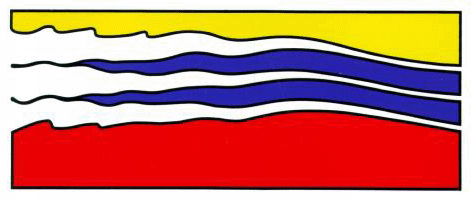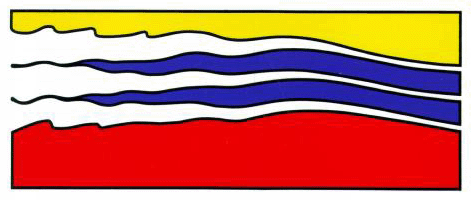
4111 Monarch Way, 3rd Floor
Old Dominion University
Norfolk, VA 23508
757-683-4940


The continental shelf waters of the Ross Sea are modified by
air-sea interaction, the formation and melting of sea ice, and the Ross
Ice Shelf. Characterization of the temporal variability of the upper
ocean wates in the Ross Sea is primarily based on summer measurements
made during ice-free conditions. In this study, vertical profiles of
temperature and salinity collected from sensors deployed on Weddell
seals (Leptonychotes weddellii) between February to November
2010 and January to May 2011 were used to describe the thermohaline
properties of the upper water column for fall water. Depth-averaged time
series of temperature and salinity were constructed for regions where
seals remained for extended periods of time. The seal-derived data
showed three dominant water masses on the shelf, Modified Circumpolar
Deep Water, Antarctic Surface Water and Modified Shelf Water.
Depth-time distributions of temperature showed the summer to fall/winter
transition of the upper water column in both years. The upper 200 m of
the water column was wearmer in 2010 relative to 2011. Calculation of
the total heat content of the upper 200 m gave a value for 2010 that was
8% higher than that obtained for 2011. Interannual differences were
also observed in the rate of erosion of summer stratification, with a
faster rate for 2011 (0.8°C month-1) than in 2010
(0.5°C month-1).
In a related study, a couple sea ice-ice shelf-ocean circulation model was
used to simulate the circulation and the hydrographic conditions on the
continental shelf of the Ross Sea. Lagrangian particle simulations using
neutrally buoyant floats were used to simulate the transport of larvae of
Antarctic krill (Euphausia superba) and crystal krill (Euphausia
crystallorophias), which are important components of the Ross Sea
food web. The adults of both species occupy differet parts of the shelf and
have different reproductive strategies. The hypothesis tested with the
particle tracking simulations is that the adult distributions are the result
of oceanic circulation and the location of Circumpolar Deep Water, which
influences the early life stages of Antarctic krill.
Andrea Piñones received a B.S. degree in Oceanography from the Catholic University of Valparaiso in Chile, where she studied intraseasonal oscillations in the ocean and its effects on atmospheric conditions off northern Chile. After graduating, she worked as a research assistant at Estacion Costera de Investigaciones Marinas (ECIM), where she studied the dynamics of the coastal ocean. In fall 2004, she moved to the U.S. to begin her graduate studies and received a M.S. degree in 2006 from ODU'S Department of Ocea, Earth and Atmospheric Sciences (OEAS) with a thesis that focused on tidal variability at the entrance of Chesapeake Bay. In fall 2011, she received her Ph.D. from OEAS. Her dissertation research was part of the synthesis and integration phase of the U.S. Southern Ocean GLOBEC program and was focused on the circulation of the western Antarctic Peninsula and implications for biological production. Early in 2012, Andrea started as a post-doctoral research associate at CCPO under the direction of Dr. Eileen Hofmann. At the end of 2012, she will leave the CCPO family to take a post-doctoral appointment in the Yale Climate Energy Institute (YCEI) at Yale University.

|
Innovation Research Park Building I 4111 Monarch Way, 3rd Floor Old Dominion University Norfolk, VA 23508 757-683-4940 |

|